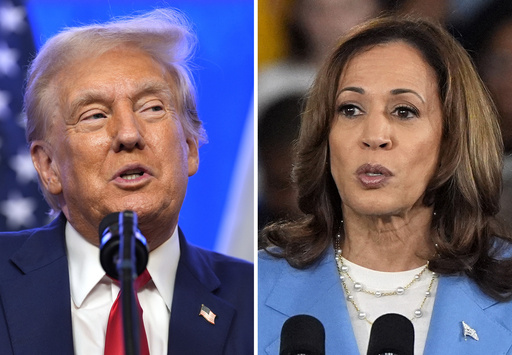
Vice President Kamala Harris is now leading the presidential ticket, succeeding President Joe Biden’s term as his successor. Despite this transition, Harris is focused on continuing Biden’s initiatives if elected for her own four-year term. Former President Donald Trump, on the other hand, is eager to return to the White House to accomplish goals he was unable to achieve during his first term.
Since Biden’s resignation last month, Vice President Harris has introduced a few key policy proposals. These include efforts to prevent price gouging by food producers, reduce taxes for families, lower homebuying and rental costs, and diminish medical debt. She also advocated for eliminating taxes on tips for service workers at a recent rally in Las Vegas, mirroring a promise Trump made during his own rally in the same city.
Despite the lack of detailed policy proposals, Harris has expressed her general commitment to significant policy positions on various issues, such as codifying the federal right to abortion, raising the federal minimum wage, implementing an assault weapons ban, enforcing universal background checks for firearm purchases, and advancing voting rights measures that have been stalled for a long time.
Both candidates, Harris and Trump, hold distinct positions on ten significant issues, including abortion rights, climate and energy policies, democracy and the rule of law, the federal government’s structure, immigration, the Israel-Gaza conflict, LGBTQ+ issues, NATO and Ukraine, tariffs and trade, and tax policies.
Harris vows to push for various policy measures if elected, such as canceling medical debt for millions of Americans, expanding child tax credits, cutting taxes for essential workers, supporting affordable housing initiatives, and implementing higher taxes on corporations. Conversely, Trump plans to extend the tax cuts he signed into law in 2017, decrease the corporate tax rate further, and repeal tax increases introduced under Biden.
